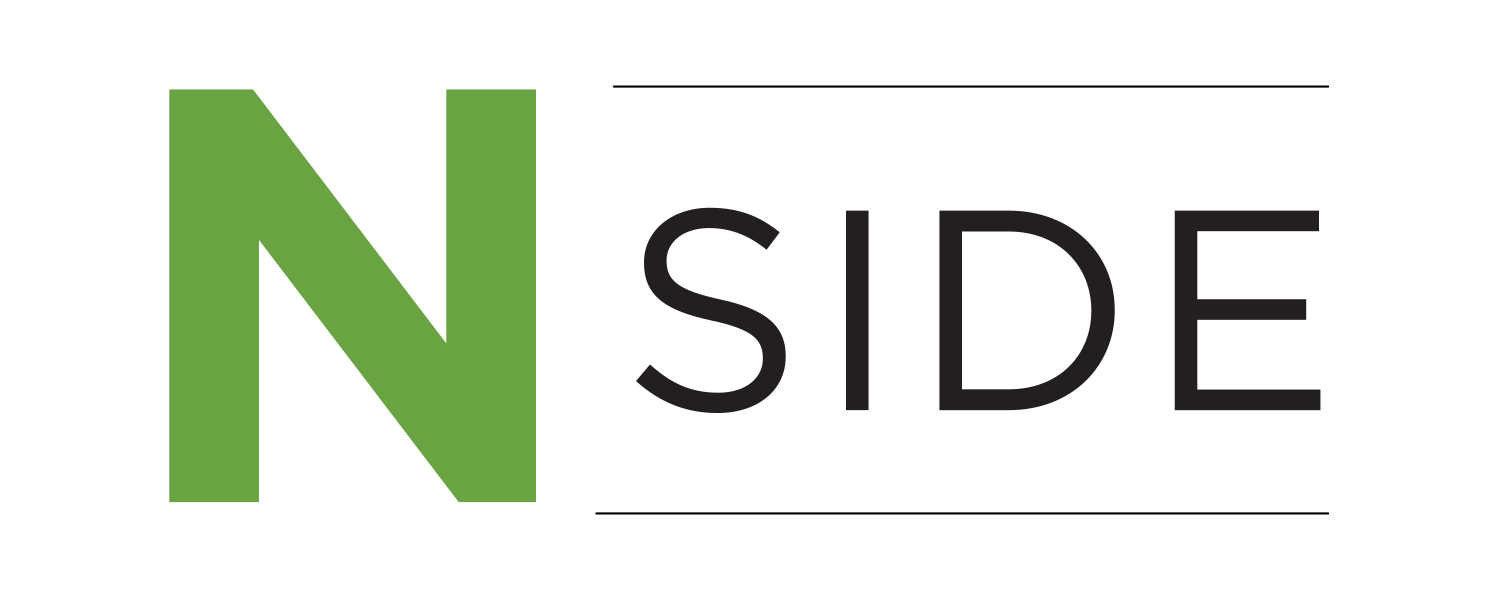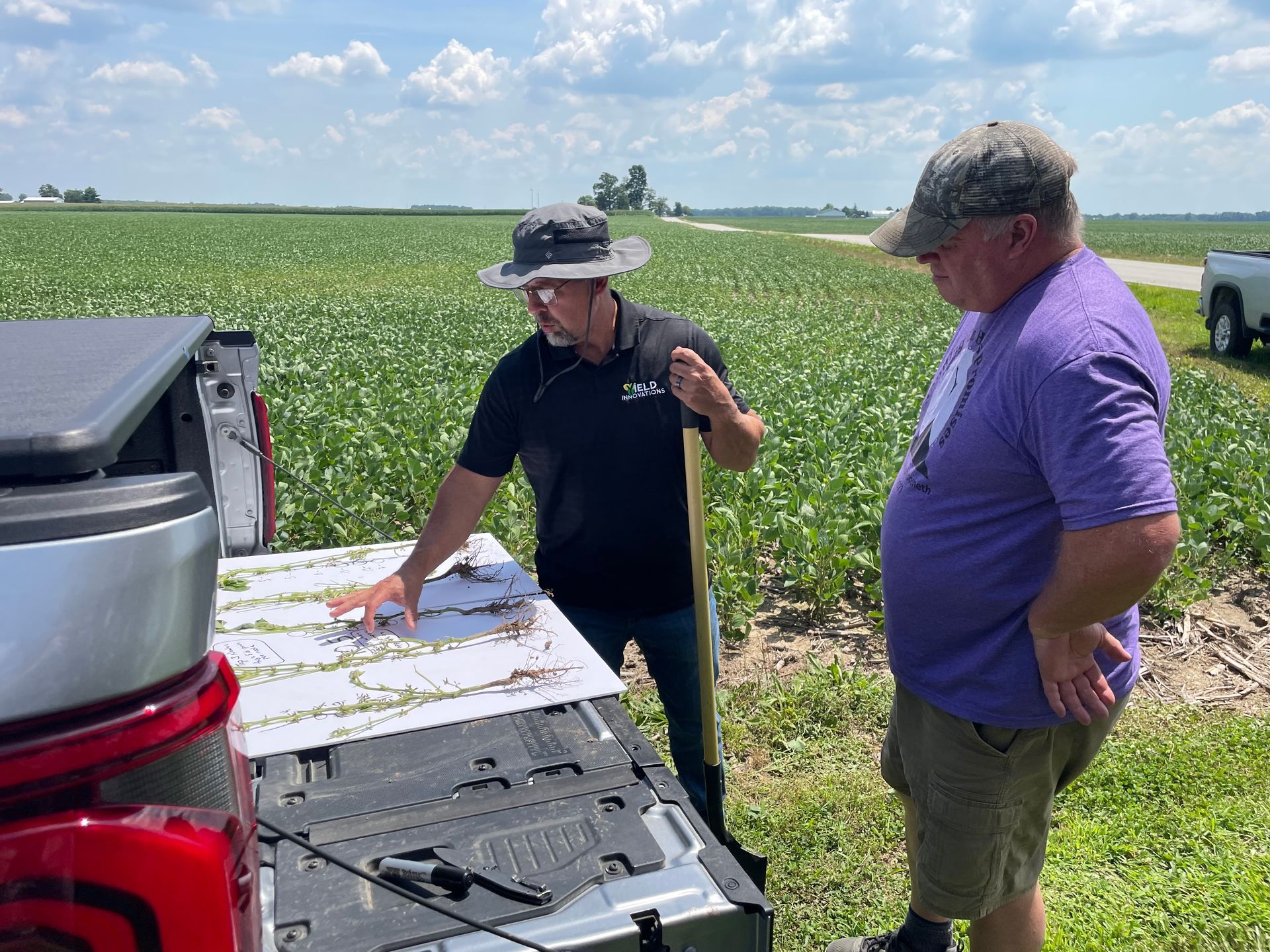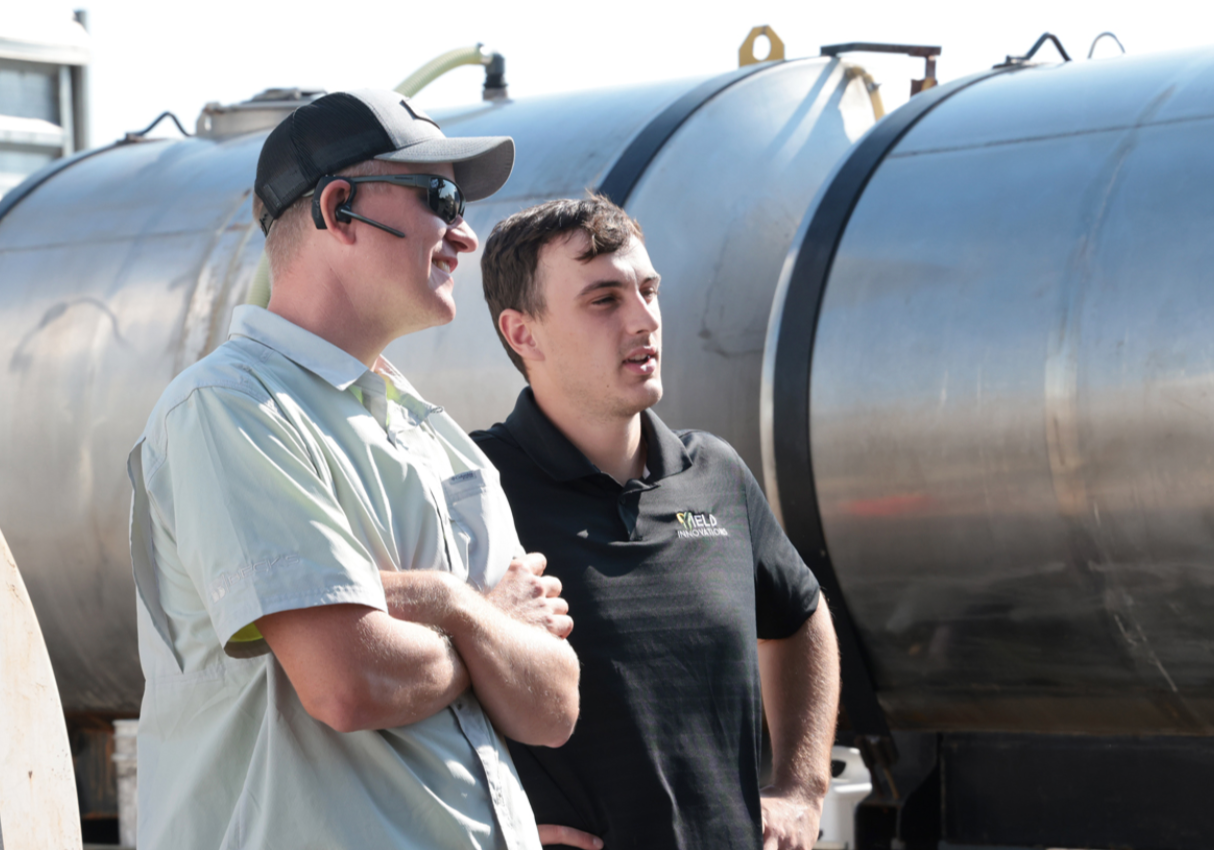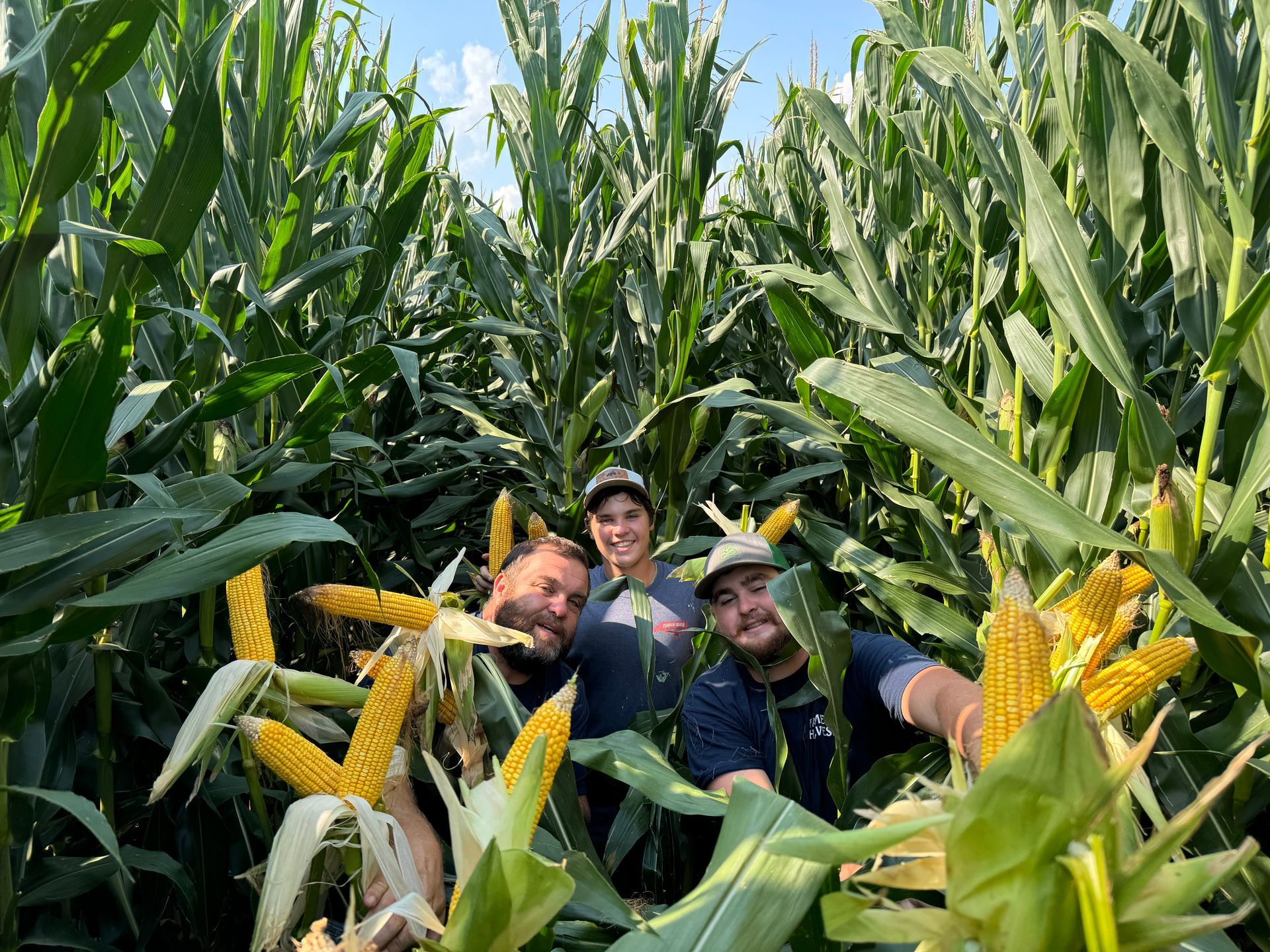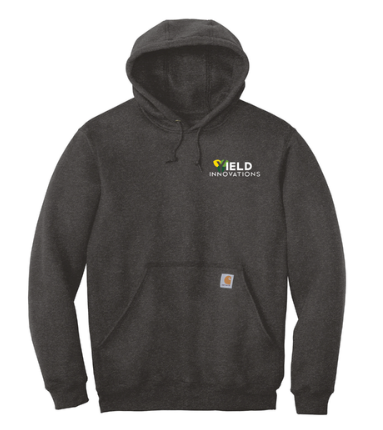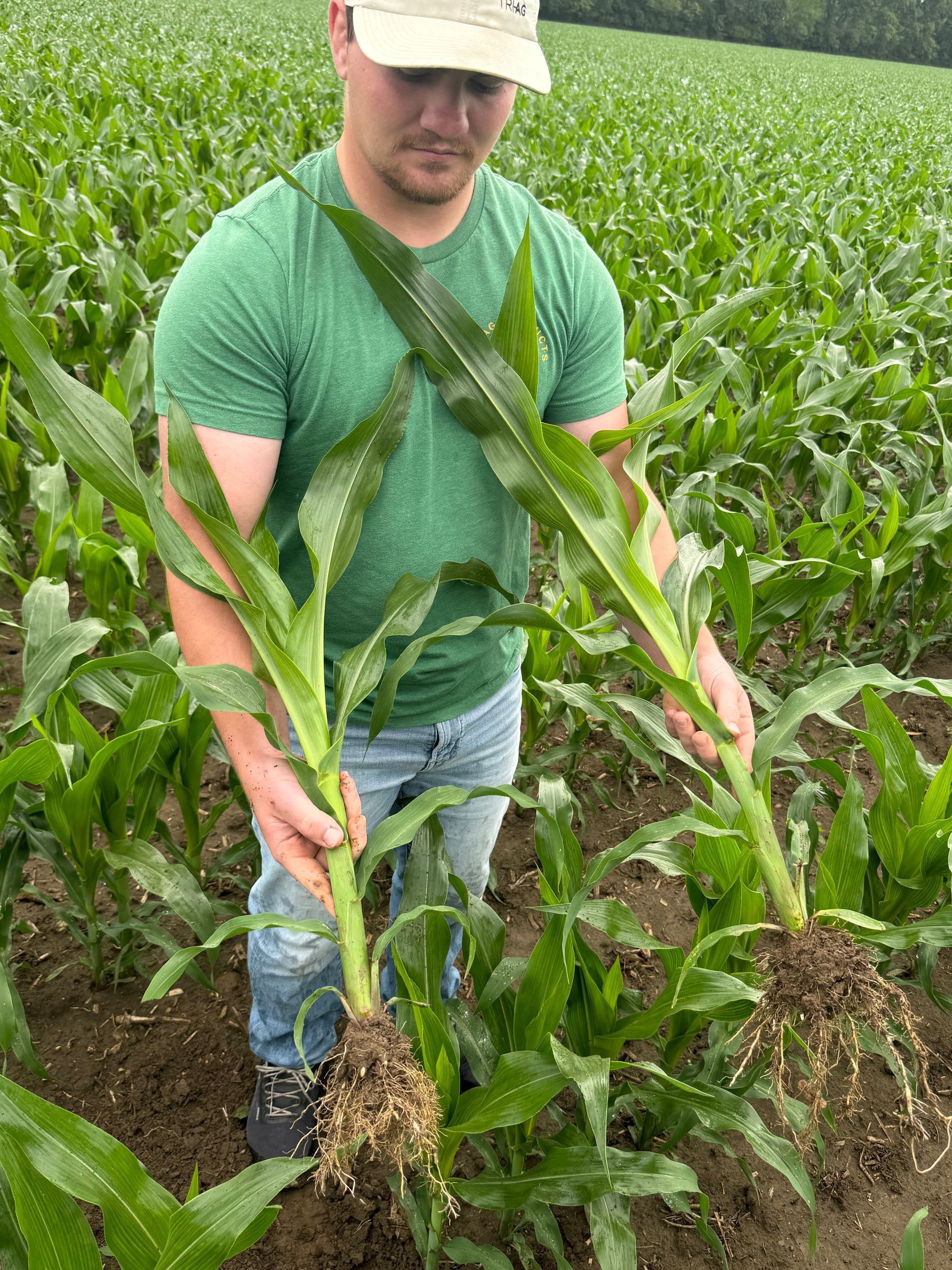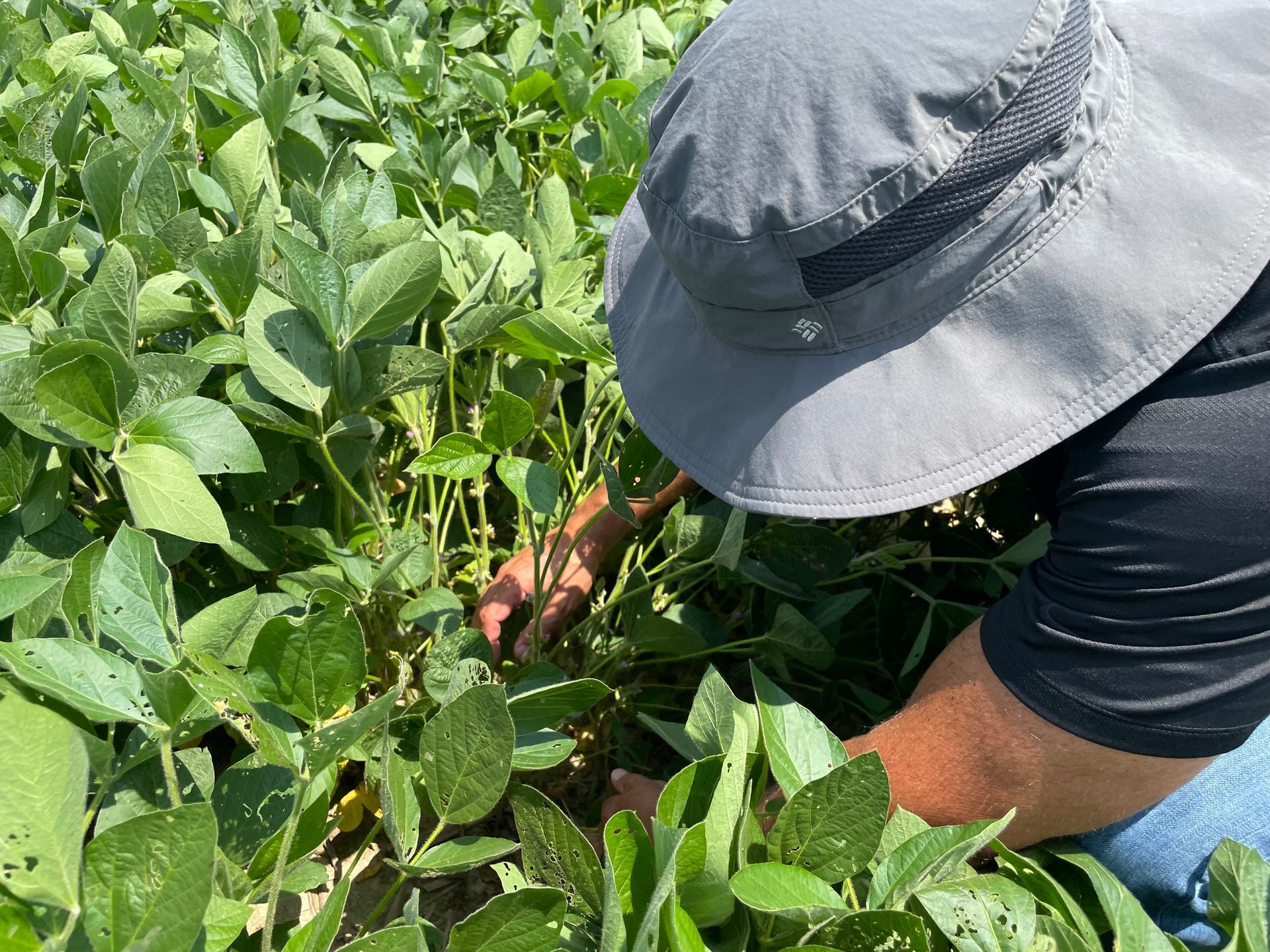Dry Fertilizer
Focus dry fertilizer dollars only in areas below the critical levels that are likely to provide a positive return
STEP 1
Dry fertilizer rarely increases yields... why?
- It rarely comes in contact with it! LEARN MORE
- Not all roots are created equal. LEARN MORE
- Decades of data from many universities confirm that dry fertilizer consistently makes money only when soil test levels are below the critical levels. LEARN MORE
It rarely comes in contact with it!
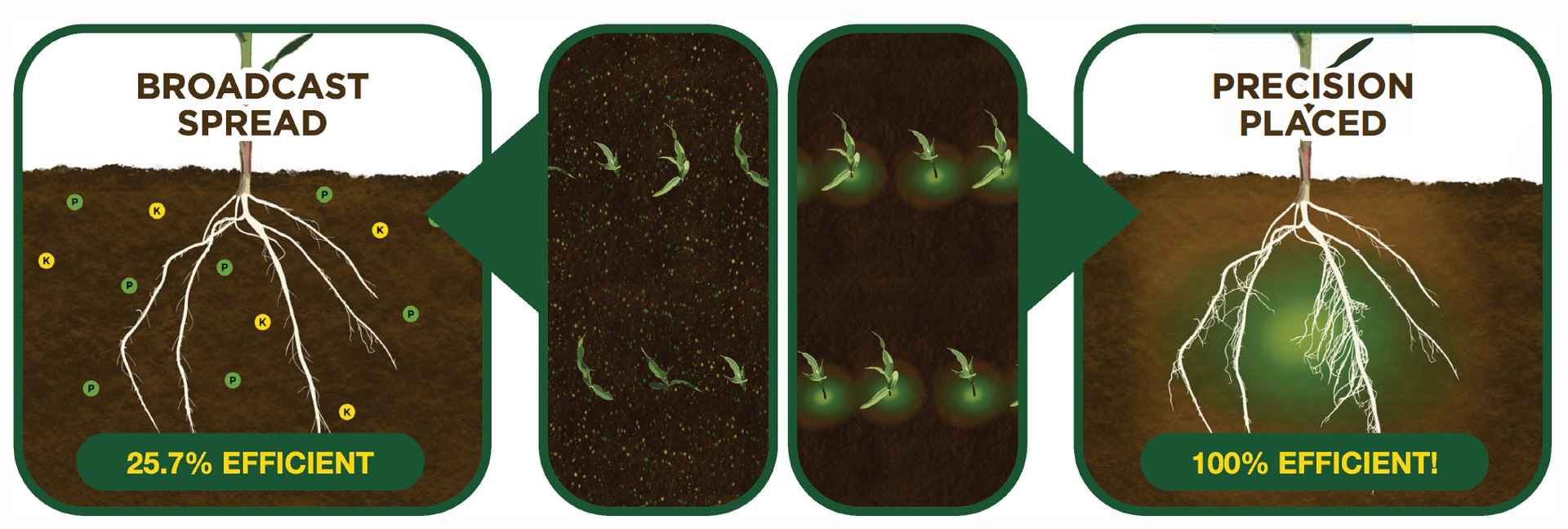
Not all roots are created equal.
ROOT ARCHITECTURE 101
Beck's Root Reveal™ Research is an initiative aimed at understanding how corn root architecture influences hybrid performance and fertility management. Since 2015, Beck's has been collecting data on root volume and architecture to enhance product placement and maximize return on investment. The research indicates that root architecture can significantly impact performance, especially in relation to fertility placement. This understanding helps in optimizing fertilizer use and improving yield outcomes.

VERTICAL 60-80°
Better drought/stress tolerance
Better at reaching water/ nutrients
Highest bushel advantage
BALANCED 40-60°
Optimal for sidedress/N applications
Better nutrient uptake
Average bushel advantage
HORIZONTAL 20-40°
Better for no-till/ poorly drained soils
Not as good for higher populations
Lowest bushel advantage
Learn more about Beck's Root Reveal™ Research here.
Recent research conducted by Dr. Scott Foxhoven and Dr. Fred Below at the University of Illinois highlights the significant impact of root volume on corn yield and the importance of tailored fertility management strategies.
Key Findings from the University of Illinois
➔ Root Volume and Yield: The study found that root volume can influence corn yield by up to 50 bushels per acre, depending on soil fertility systems.
➔ Impact of Planting Population: For every increase of 1,000 plants per acre in planting population, root volume decreases by approximately 2.5%. This trend suggests that as seeding rates have increased over the years, root volume has correspondingly declined by about 1% annually.
➔ Fertility Placement: The research emphasizes that smaller-rooted hybrids respond more positively to banded fertility applications rather than broadcast methods. This is due to the limited movement of nutrients like phosphorus and potassium in the soil, making precise placement near the root zone more effective.
➔ Hybrid Selection and Management: Variations in root architecture among different corn hybrids affect their response to planting density and nutrient availability. Understanding these differences is crucial for optimizing yield through appropriate hybrid selection and fertility management.
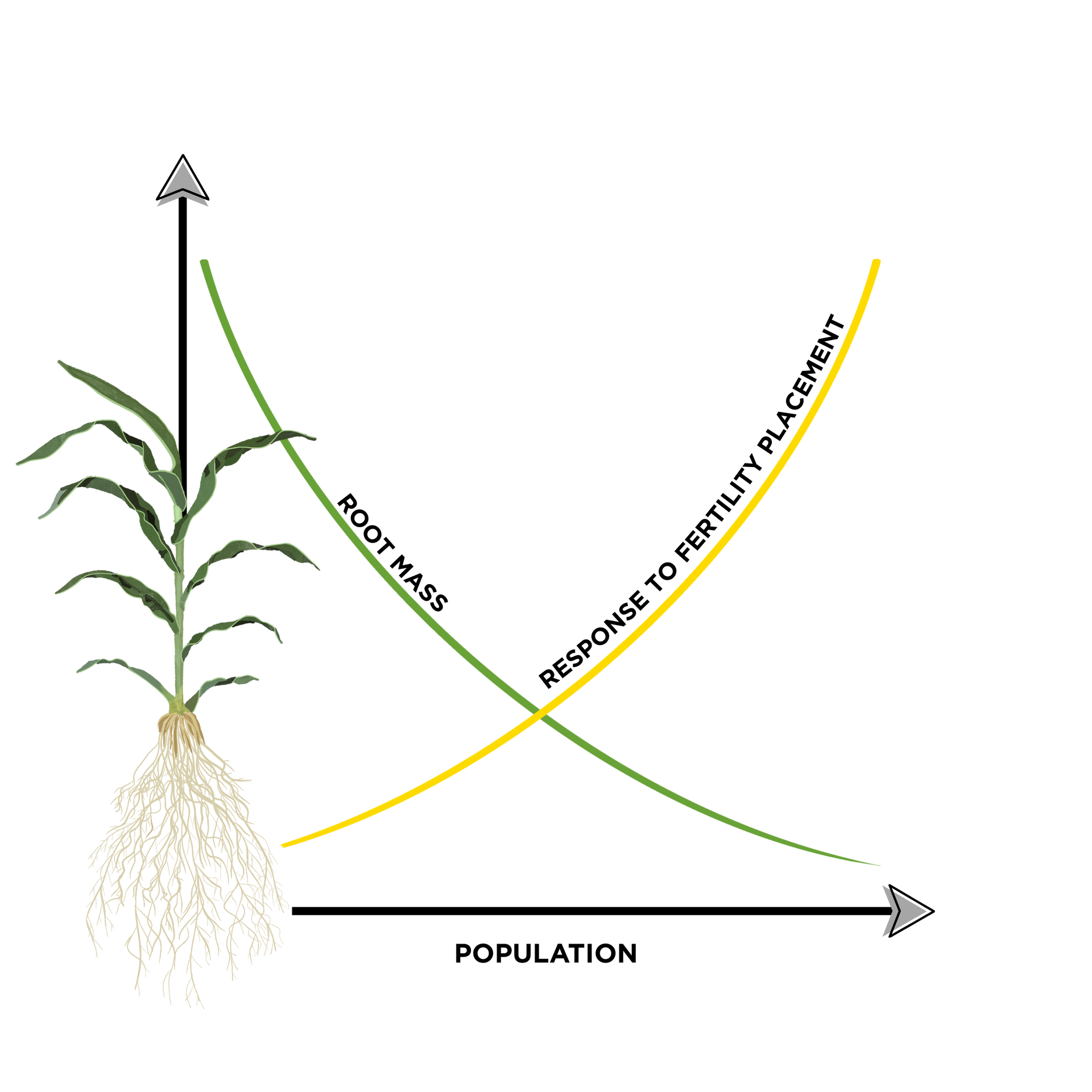
WHY PLACEMENT MATTERS MORE THAN EVER
Beck's Root Reveal™ + University research shows:
- Root type matters (angle, size, surface area)
- Correct placement boosts yield up to 50 bu/ac
- Sidedress, in-furrow, and 2x2x2 cover all hybrid types
Takeaway: Use a dual approach - apply dry fertilizer for below-critical level soils and targeted liquid nutrition for yield influence. By spoon feeding crops with precision liquid applications, a grower overcomes different root types and helps maximize their input investments.
Decades of data from many universities confirm that dry fertilizer consistently makes money only when soil test levels are below the critical levels.
THE OHIO STATE UNIVERSITY
All of the responsive sites for phosphorus were below 15 ppm Bray P1 (left of red line), and all but one of the responsive sites for potassium were below 100 ppm AA (Figure 1 ). Black dots below the critical level (to the left of the red vertical line) show that yield responses often do not occur, even with low testing soils, as phosphorus or potassium may not be the most limiting nutrient or resource for any given year. These field trial data collected over nearly 25 years from Ohio, indicate the established critical levels of 15 ppm Bray P1 and 100 K ppm AA were justified.
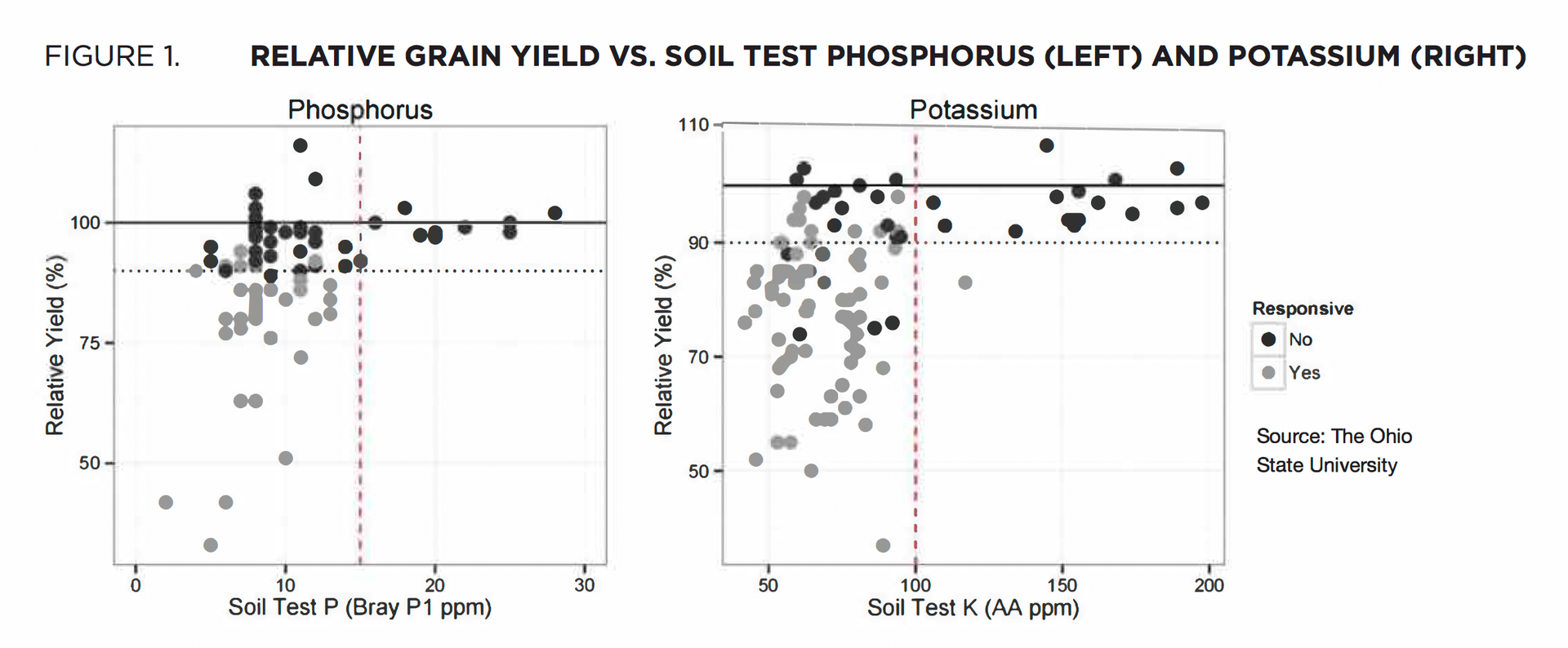
PURDUE UNIVERSITY
"If you find soil test levels of phosphorus and potassium are optimal or above, the most profitable rate of P and K fertilizer is zero pounds per acre regardless of fertilizer cost. Apply fertilizer P and K dollars on field areas deficient in P and K, where there is a likelihood of getting a yield increase due to the application of fertilizer." (Tables 1 & 2)
Critical levels and probability of response to dry fertilizer



Source: Purdue University Department of Agronomy Soil Fertility Update 28 February 2022 URL: http://www.kingcorn.org/news/articles_22/Manage_P _K_Fert_2O22. pdf Modify Your Plans When Faced with High-Priced Phosphorus and Potassium Fertilizers Jim Camberato Ocambera@purdue.edu) and Bob Nielsen (rnielsen@purdue. edu) Agronomy Department, Purdue University, West Lafayette, IN
Ohio Data that Shaped the Tri-State Fertilizer Recommendations by Steve Culman, Muhammad Tariq Saeed, Anthony Fulford
KEY TAKE-AWAY
Both the highest yielding and most profitable approach to fertility management incorporates both dry and liquid fertilizer. Use dry fertilizer ONLY when P & K levels are below critical levels, while spoon feeding highly available Yield Innovations products at key yield influencing times.


